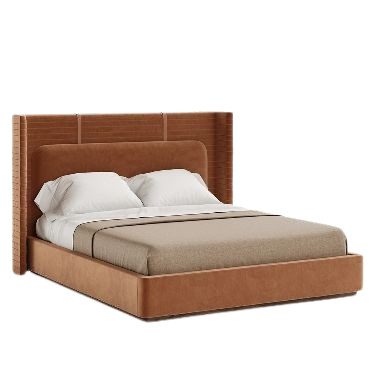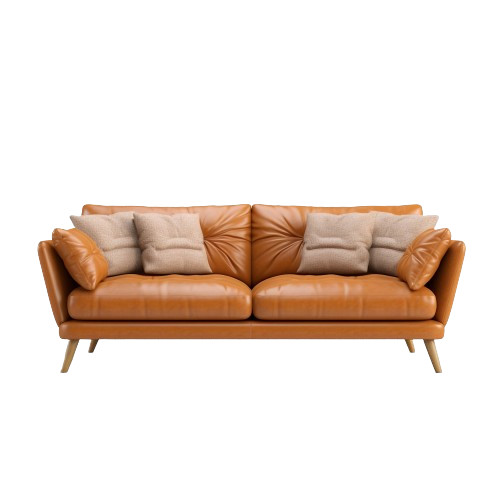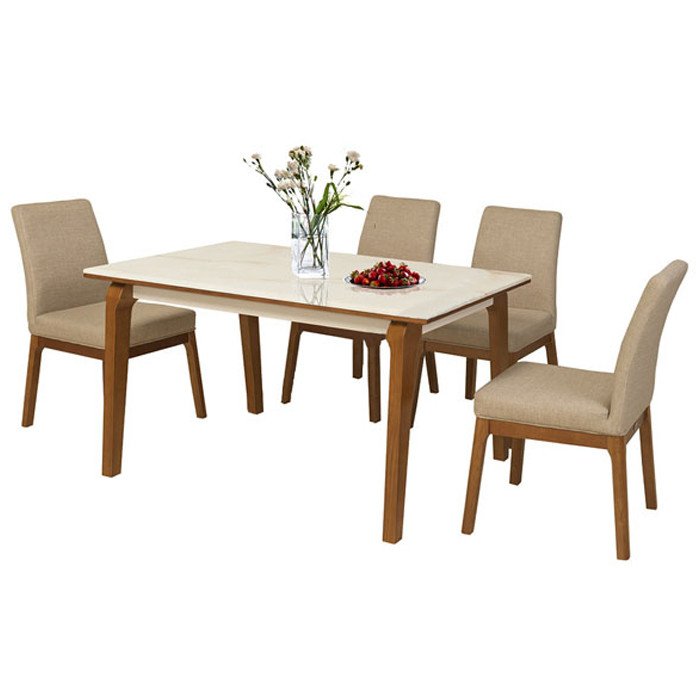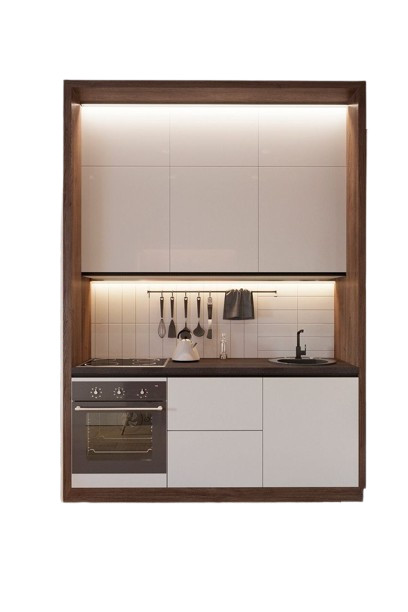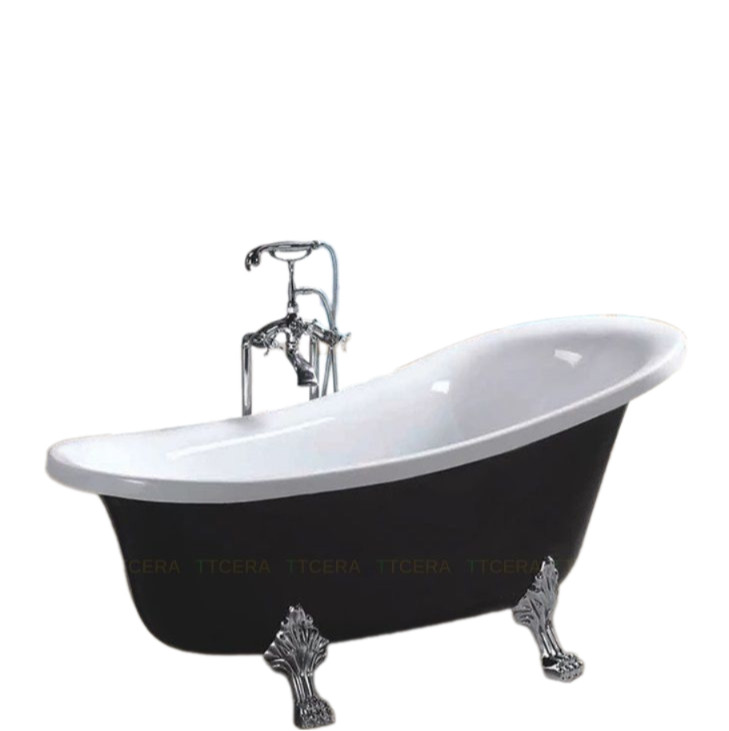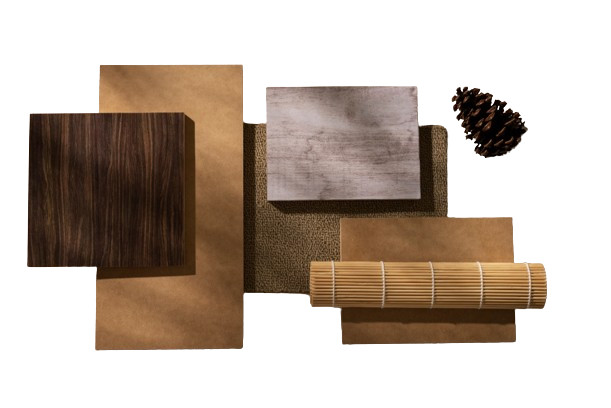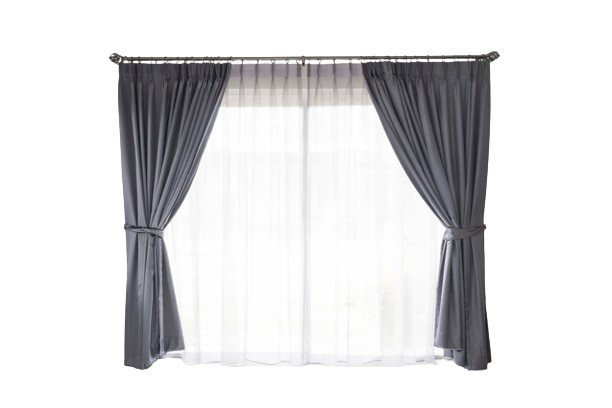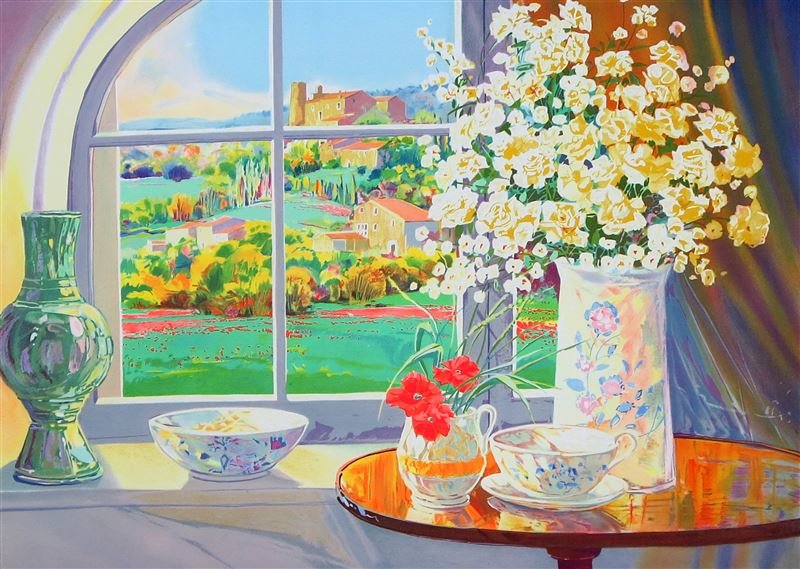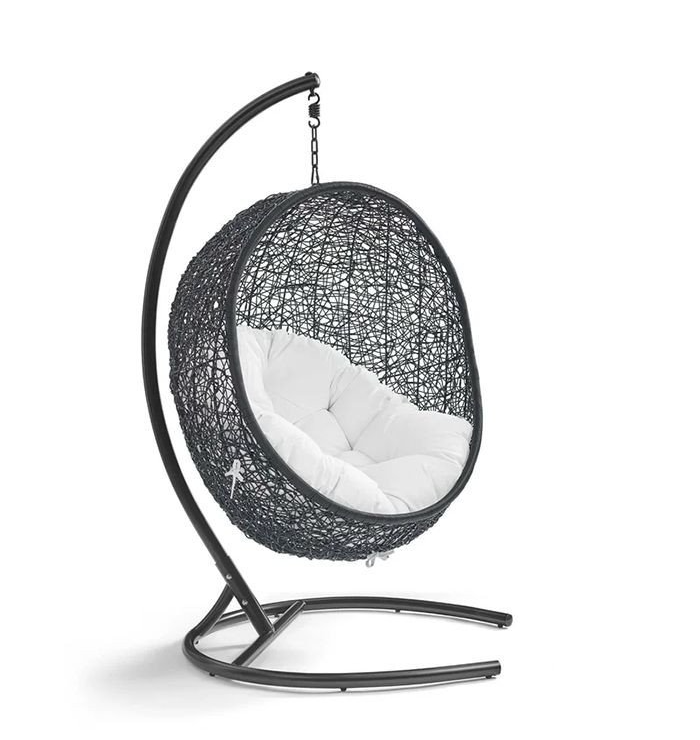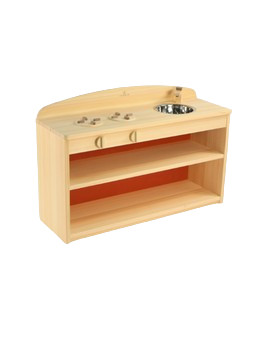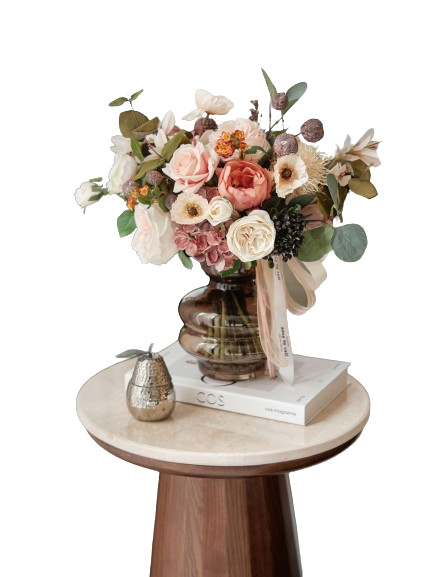INTERIOR DESIGN
FORMATION & DEVELOPMENT HISTORY THROUGH EACH PERIOD
You open your eyes in the morning and lie in a bedroom with pleasant, harmonizing colors. A wonderful ornamental lamp or artwork next to the bed. A bedroom that reflects your style and tastes. When attending class or working, a comfortable, standard seat with adequate illumination will improve your study or job productivity. Nothing is as intimately connected to people's lives as interior design work. Have you ever wondered when or where the history of interior design began? This occupation is present in the majority of our lives. Each period will have its characteristics of the interior design industry's growth process, representing the culture and lives of the people of that age. We will discuss the beginnings of this industry in this post so that readers can better comprehend the birth and growth of interior design from ancient times to the present.
Nowadays, interior design is more than just setting stuff in place in your home. It is not simply a matter of partitioning functioning rooms. It is about bringing life to space rationally and creatively. This is what gives your flat life and style. As a result, this is a harmonic blend of creative, aesthetic, scientific, and technological aspects designed to produce a comfortable and convenient living space for the homeowner.
2. A brief history of interior design across the centuries
- The Stone Age lasted from 6000 to 2000 BC


Interior design was discovered for the first time in early human caves. Despite the dangers of wild animals and hunting, prehistoric inhabitants took the time to decorate their caves with drawings of plants, animals, and people.
- Egyptian civilization existed between 2700 and 30 BC



There was a distinct hierarchy of interior design throughout this period. While ordinary Egyptians continued to live in mud huts, elite families resided in magnificent palaces. They knew how to decorate their homes with paintings showing god worship and the history of Egypt and its inhabitants. To adorn the dwelling, simple furniture such as vases, animal skins, and sculptures is employed.
- The European Neolithic period lasted from 2000 to 1700 BC

People gradually developed and constructed decorative artifacts during this period. They started making pottery with various designs and decorations, such as patterns, sketches, and paints.
- The Hellenistic period lasted from 1200 to 31 BC


People with advanced civilizations can adorn their homes in their unique way. Furniture made of silver and ivory represented wealth. These guidelines were also followed by the Greeks when they built buildings with remarkable pillars.
- Roman 753 BC – 480 AD



The Romans adorn their interiors following established guidelines. They frequently employ tiles on the walls or floors, as well as furniture with claw-shaped curved legs and numerous soft pillows and cushions for adornment. They also enjoy handcrafted furniture and animals with claws.
- The Roman period lasted from 500 to 1500 AD

The enormous dome with numerous spectacular artistic features was a common characteristic of Roman house architecture during this period.
- The Dark Ages lasted from 900 to 1100 AD

This is considered the worst age in interior design because there was no development. This signifies that the house's interior is basic and minimalist. Only the stone floors and wooden panels remain in the house.
- The Gothic period lasted from 1140 until 1400 AD

Furniture and colors were reintroduced back into the house throughout the dark times. During this time, designs were oriented vertically. Projects that try to improve light in the room demonstrate the trend of extending windows and floors.
- The Renaissance period lasted from 1400 to 1600 AD


Beauty was a factor that affected interior design during the Renaissance. Large artworks and furnishings, frequently in bright colors. And created gorgeous settings by using pricey textiles like velvet and marble floors. Woven carpets were considered a luxury item at the time, even too expensive for the wealthy to put on their floors. They are intended to be hung on walls. Reeds and fragrant herbs litter the floor.
- The time of rapid development (1760–1820 AD)
This was the era when interior design grew fashionable among all classes, including the popular, middle-class, and aristocratic. The reason for this is that furniture is becoming more mass-made, less expensive, and more accessible to everyone.


As a result, the preceding article has assisted you in visualizing the formation and development process of interior design. Visit the website www.adornmuseum.com for more valuable information.
ADORN MUSEUM
Location: O-1, TM.01, 1st Floor, Orchid 1 Tower, Hado Centrosa Garden No.200 3/2 Street, Ward 12, District 10, Ho Chi Minh City, Viet Nam.
Hotline: (+84) 28 3930 3428
E-mail: support@adornmuseum.com
Operation time:
8:30 - 17:30, Monday - Friday & 8:30 - 12:00, Saturday

